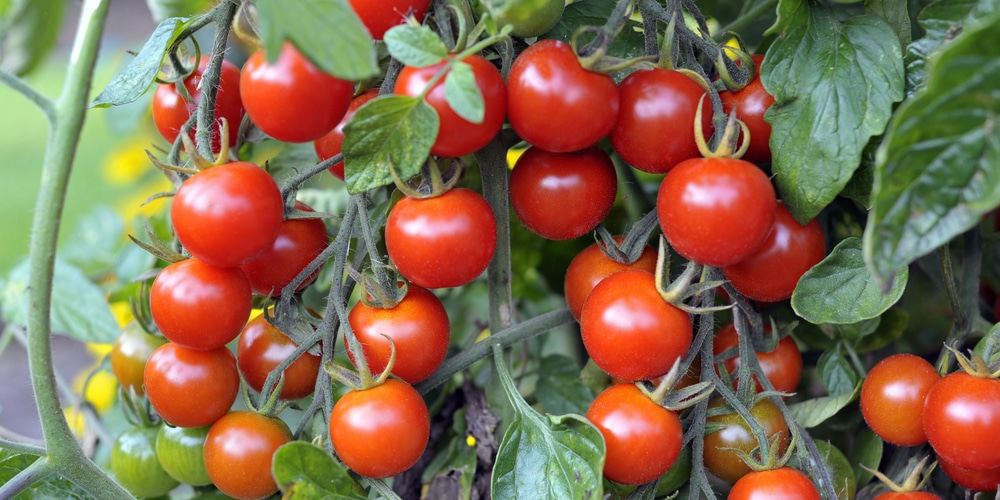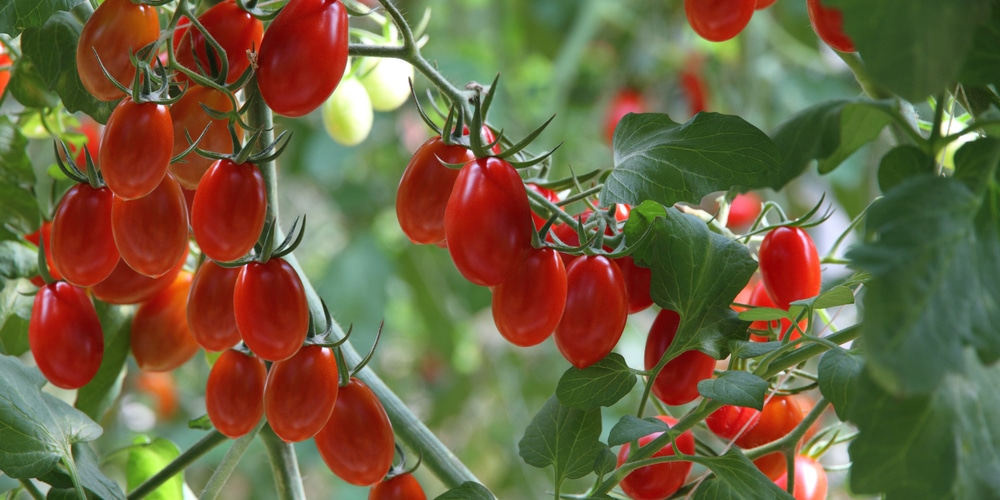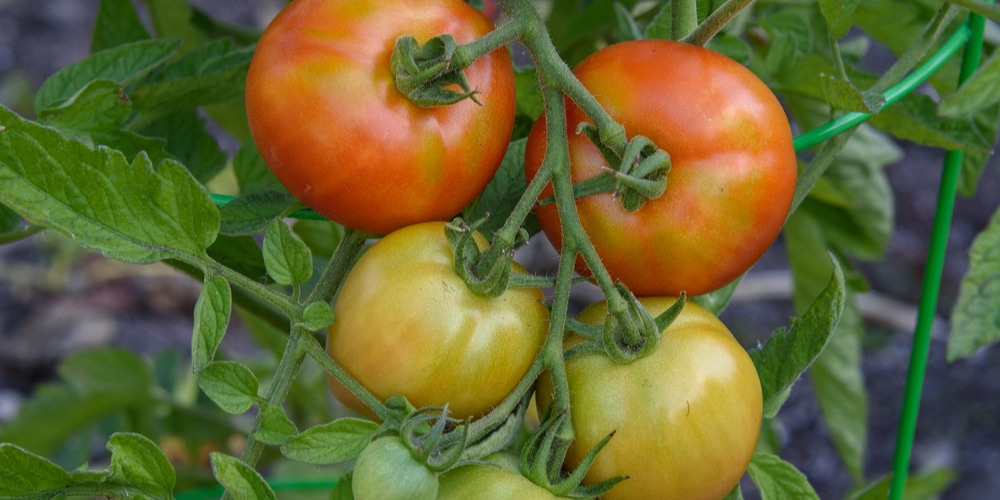Tomatoes are one of the most popular vegetables to grow in home gardens. They are relatively easy to care for and can provide a generous harvest. One common question that home gardeners have is ‘can I plant tomatoes in the same spot every year.
The answer to this question is yes, but there are some things to bear in mind before doing so.
Can tomatoes be planted in the same spot every year?

Tomatoes can technically be planted in the same spot every year, but it is not ideal from a crop rotation standpoint. Crop rotation is the practice of growing different crops in the same space in different years.
This helps to keep the soil healthy and prevents diseases and pests from becoming a problem. If you do choose to plant tomatoes in the same spot every year, be sure to take measures to improve the soil quality.
This can be done by adding compost or other organic matter to the soil each year. It’s also important to till the soil once a year, better yet, twice a year to help aerate it as well as defend it from weeds and insects that can invade your tomatoes.
Why is it beneficial to rotate crops?

As mentioned, crop rotation is a practice that is used to keep the soil healthy. When the same crop is planted in the same spot year after year, the nutrients in the soil can become depleted.
This can lead to stunted plant growth and a smaller harvest. Additionally, diseases and pests can build up in the soil when the same crop is planted year after year.
Crop rotation offers the following benefits:
1. Facilitates better nitrogen management
Leguminous crops such as soybeans, alfalfa, and clover have nitrogen-fixing bacteria in their root nodules. This bacteria helps to convert nitrogen in the air into a form that plants can use.
When these crops are grown, they leave behind nitrogen-rich residue that can be used by subsequent crops. This helps to improve soil fertility and reduces the need for nitrogen-based fertilizers.
2. Reduces the build-up of pests and diseases
Planting the same crop in the same spot year after year can lead to the build-up of pests and diseases in the soil. This is because these pests and diseases have a continuous food source (i.e. the same crop).
Crop rotation helps to reduce the build-up of pests and diseases because different crops are being planted. This means that the pests and diseases have to find a new food source, which can be difficult if they are not used to the new crop.
3. Helps to improve soil structure
When the same crop is planted in the same spot year after year, the roots of the plant can become compacted. This can lead to poor drainage and a decrease in the amount of oxygen that the roots are able to take in.
Crop rotation helps to improve the soil structure because different crops are being planted. This means that the roots of the plant will not become compacted and the soil will be able to drain better.
4. Can increase crop yields
Crop rotation can help to increase crop yields because it helps to improve soil fertility. When the soil is more fertile, the plants are able to grow better and produce more food.
5. Encourages better water conservation
Crop rotation can help to encourage better water conservation because it helps to improve the soil structure. When the soil is looser and more porous, it is able to hold onto more water. This means that the plants will not need to be watered as often.
6. Makes it easier to control pests and weeds
When the same crop is planted in the same spot year after year, the pests and weeds that are specific to that crop can build up. This can make it difficult to control them.
Crop rotation helps to make it easier to control pests and weeds because different crops are being planted. This means that the pests and weeds will not have a constant environment and they will eventually die off.
7. Enhances the resistance of crops to diseases
When the same crop is planted in the same spot year after year, the diseases that are specific to that crop can build up. This can make the crop more susceptible to disease.
Crop rotation helps to enhance the resistance of crops to diseases because different crops are being planted. Just like pests and weeds, when diseases are denied a constant environment, they will eventually disappear.
8. Contributes to a better and healthier environment for life
Crop rotation can help to improve soil fertility, structure, and water conservation. This means that the land will be able to support a greater variety of life.
In addition, crop rotation can help to reduce the number and quantity of chemicals that are used. This is because when the same crop is planted in the same spot year after year, the need for pesticides and herbicides increases. However, when different crops are planted, the need for these chemicals decreases.
Can I Plant Tomatoes In The Same Spot Every Year?: Final thoughts
The answer is both yes and no. It all depends on your specific situation. If you have the space and the time to rotate your crops, then it is definitely worth doing.
However, if you do not have the space or the time, then you may not be able to benefit from all of the advantages of crop rotation. In such cases, it’s crucial to practice good crop husbandry by doing things such as regularly adding organic matter to the soil and using disease-resistant varieties.
You may also like: Can You Plant Corn in Clay Soil?
